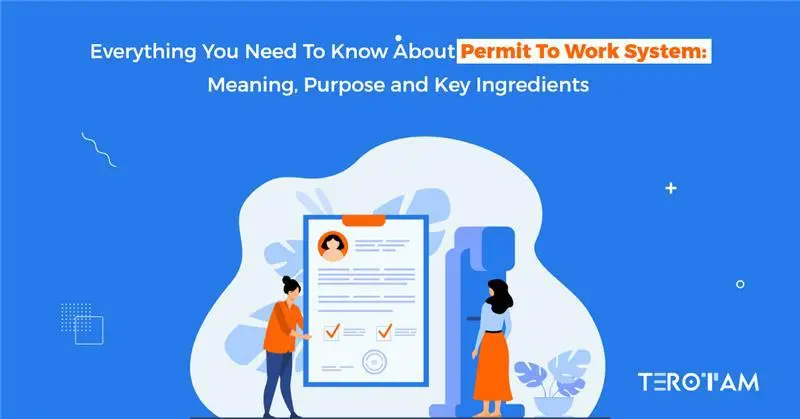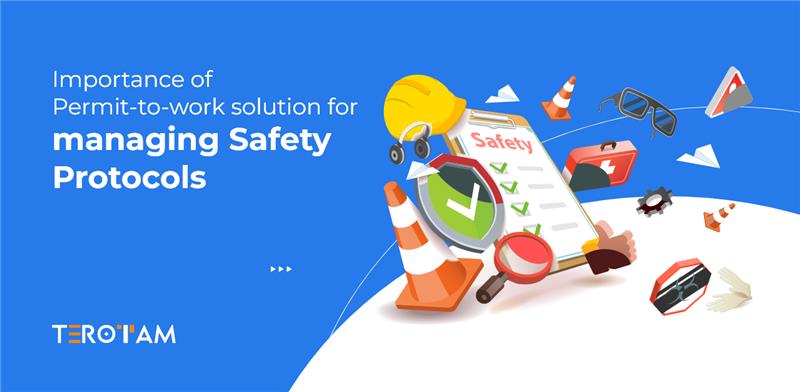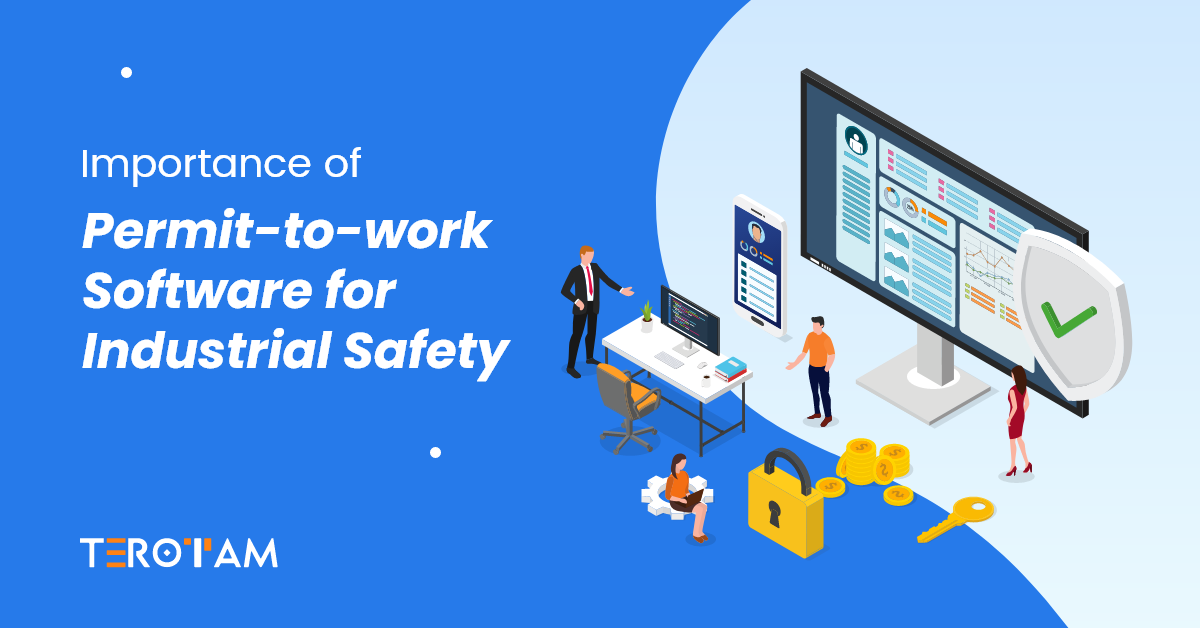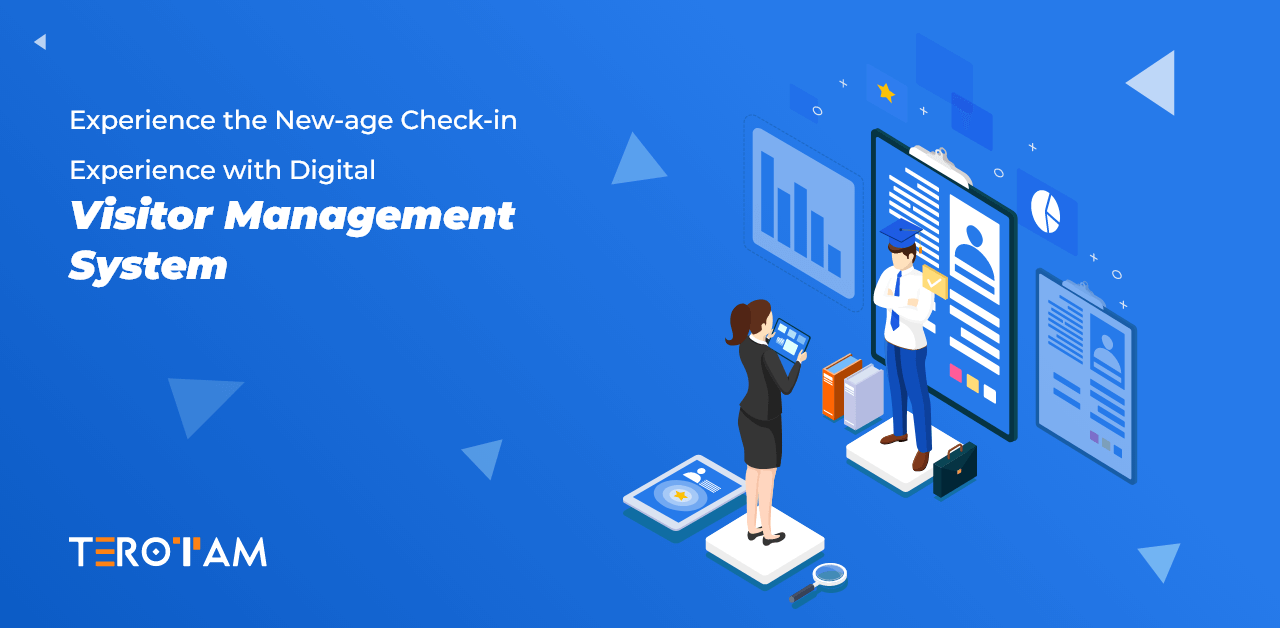According to the International Labour Organization (ILO), occupational diseases or accidents account for more than 2.3 million annual deaths. This equates to 6,300 fatalities every day. 317 million workplace accidents occur each year, according to data from the ILO. Poor workplace safety and health practices are thought to have an annual economic cost of 4% to the worldwide Gross Domestic Product.
When situations like these do happen, human factors like improper procedure implementation are frequently a major contributing element. These mistakes are frequently caused by a lack of knowledge or training in the Permit to Work (PTW) systems.
What is Permit-to-Work System?
A Permit to Work (PTW) system is a formally specified framework for managing high-risk, non-standardized activities. They are typically given out by a manager or supervisor and let an individual or group of people perform a task while being subject to rigorous regulations.
Permit to Work is a methodical approach created to recognize, discuss, mitigate, and manage risk in dangerous locations, unusual circumstances, and potentially dangerous conditions, such as shutdowns, in order to prevent accidents.
Why Do Businesses Need Permit To Work Systems?
Although high-risk businesses tend to utilize PTW systems the most frequently, whether one is necessary does not depend on how dangerous a given industry is. Instead, it depends on how dangerous the particular task at hand will be. This data can be acquired during a risk assessment, which is frequently carried out prior to the creation of a PTW system.
PTW systems don’t just want to make the workplace safe before work starts. There are numerous further advantages to using a PTW system, including the following:
1. Written Record: Making proper use of a PTW system guarantees that hazards, safety measures, and the individuals responsible for requesting and carrying out the job are all recorded.
2. Compliance: Ensures adherence to legal requirements.
3. Communication: It establishes channels for communication among all parties involved in the system and doing the work with regard to health and safety.
4. Consistent Safety: Throughout the operation, regardless of changing environmental factors like the weather, a safe working environment is maintained.
5. Acknowledgment of Process: Offers a checklist that organizations may use to make sure all conditions and demands are properly implemented and understood by everyone involved.
Key Purposes of Implementing A Permit To Work System
The following objectives drove the development of the PTW system:
- To shield workers from dangers that could cause them harm, illness, or death
- To safeguard the general public against dangers that could lead to illness, injury, or death
- To safeguard the environment from dangers that can cause harm
- To make sure that work is done safely and in compliance with the law.
- To make sure hazards are recognized and evaluated before engaging in job activities
- To make sure that the right safeguards are put in place to reduce these risks
- In order to make sure that work is done safely and in accordance with legal requirements
- To guarantee that workers, the general public, and the environment are safeguarded against potential hazards associated with work activities.
Key Ingredients of Permit To Work System
1. Treat it as a Green Signal to Work
Although research indicates that many incidents have been linked to the improper application of existing permit-to-work systems, this component may seem evident. In other words, the mechanism was in place, but the incidents happened because it wasn’t being used.
A permit-to-work system might not be followed for a variety of reasons. But one frequent problem is the ambiguity surrounding whether or not a permit to work relates to the task at hand. Obviously, a permit is not necessary for every job. Therefore, it’s not always easy to tell where permission is necessary and where it’s not.
2. Understand and Follow It to Ensure Safety
A permit-to-work system by itself cannot ensure safety. Due to their lack of understanding of the system’s workings and their place within it, many workers have died. Therefore, everyone involved in a permit-to-work system needs to have completed the necessary online health and safety training. Whether they are the person issuing the permit, the worksite supervisor, or a frontline worker, everyone participating in the project must take the time to learn the specifics of how the system functions and the nuances of the task at hand before work begins.
3. Information is the Key to PTW and Safety
Never forget that communication is the key to a successful permit-to-work system. This will at the very least entail the proper display of the permit at the worksite and the posting of the documentation in control locations. The verbal communication that forms the system’s foundation, nevertheless, is equally crucial. There is no substitute for communication and maintaining accurate information for all parties.
4. Ensure Worker’s Relevant Skill Accredation Before Issuing Work Permit
Being competent to work safely requires more than just understanding how a permit to work system works. The other half is having the necessary trade and job skills for individuals who are directly involved. The standards to which employees are taught are significantly more important because jobs that require permits to work by their very nature carry more risk.
Delivered training will therefore not be sufficient on its own. This is not to suggest that this informal training is not valuable or significant; only that there is no assurance of its quality or content. A recognized safety organization, trade body, or examination board must independently accredit job-related training for tasks requiring a work permit.
5. Always Plan for Worst Case Scenario
Keep in mind that permit to work systems do not imply that an activity is safe and can be completed without further consideration. If anything, it requires more caution and awareness from those engaged.
Safety depends not just on adhering to the permit’s requirements, but also on ongoing system monitoring. The conditions of a permit can quickly become out of date due to frequent unexpected changes in tasks or work places. Because of this, the only way safety can be guaranteed is if everyone involved constantly asks, “What could go wrong here?” Are these safety measures enough? so forth.
6. Hold or Reject the Work Order if the Technician Found the Job Risk or Hazardous Situation
What happens if the person performing a work with a permission to work decides there is a problem? Immediately allow it to Hold or Reject the Work order to ensure safety against work completion
It is obvious that there is frequently a deadline for completion of tasks within the work permits. With a deadline for turning services back on, areas and energy sources are frequently segregated while the work is being done. But nothing over the life of any one. If deadline given priority against the risk analysis the whole point of permit to work vanishes.
How TeroTAM’s Permit to Work Software can Streamline Your PTW System?
It is obvious that employing software may increase the effectiveness and efficiency of many procedures related to health and safety, and the PTW system is no different. The Permit to Work software solution from TeroTAM streamlines the process of getting contractor approval and establishes an efficient means of maintaining regulatory compliance. It also creates a consolidated, safe area for keeping all pertinent data.
Our software solutions for permits to work can identify different sorts of permits as well as the dangers and risks connected with each. They can guide your company through the application process to make sure all the necessary steps are followed, and they can conduct routine site inspections to guarantee safety during the engagement.
So, What are you waiting for? Book Your Call Now with Our Experts or Write us back at contact@terotam.com









